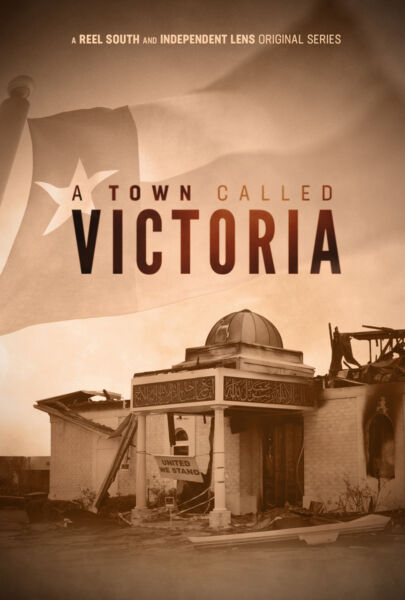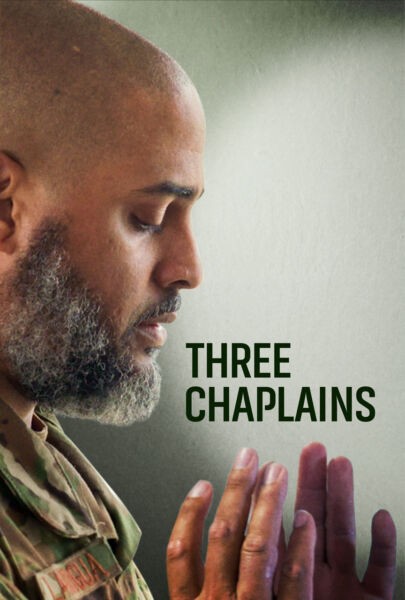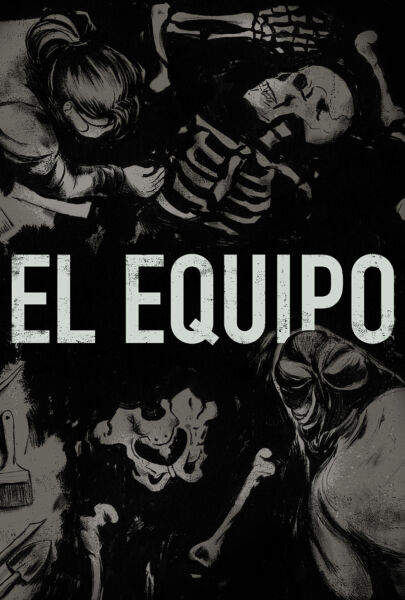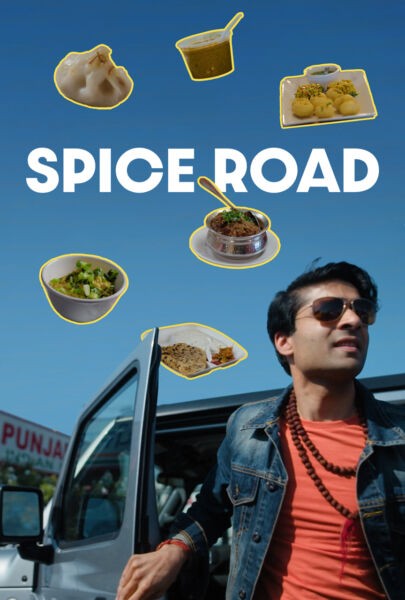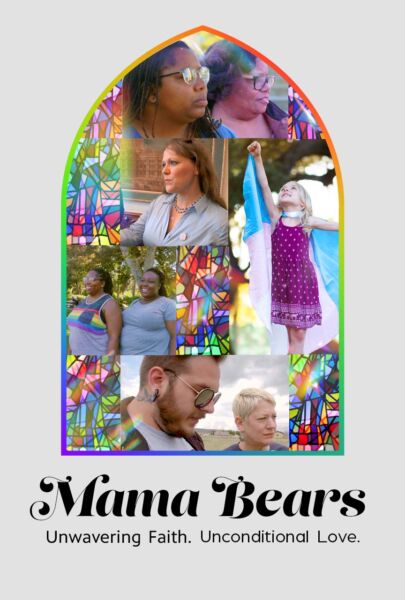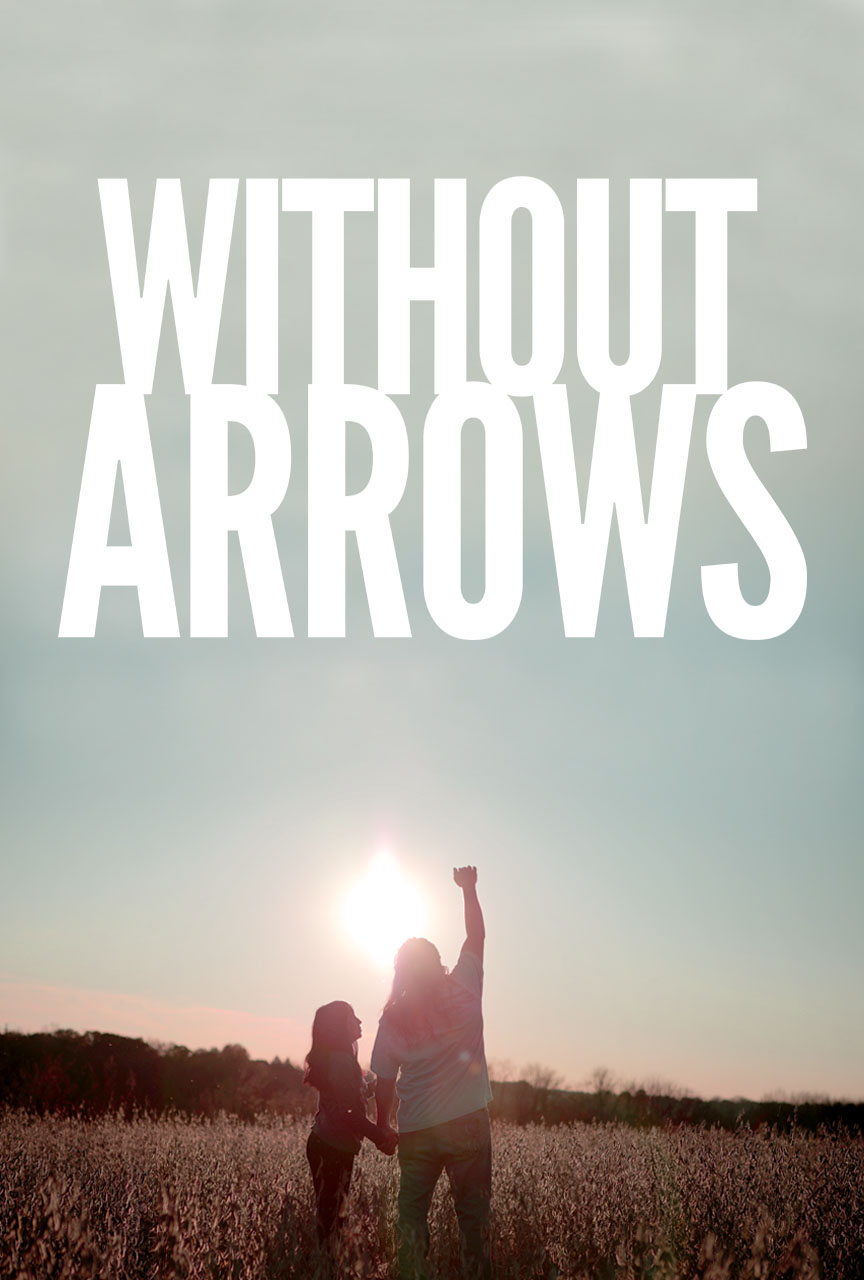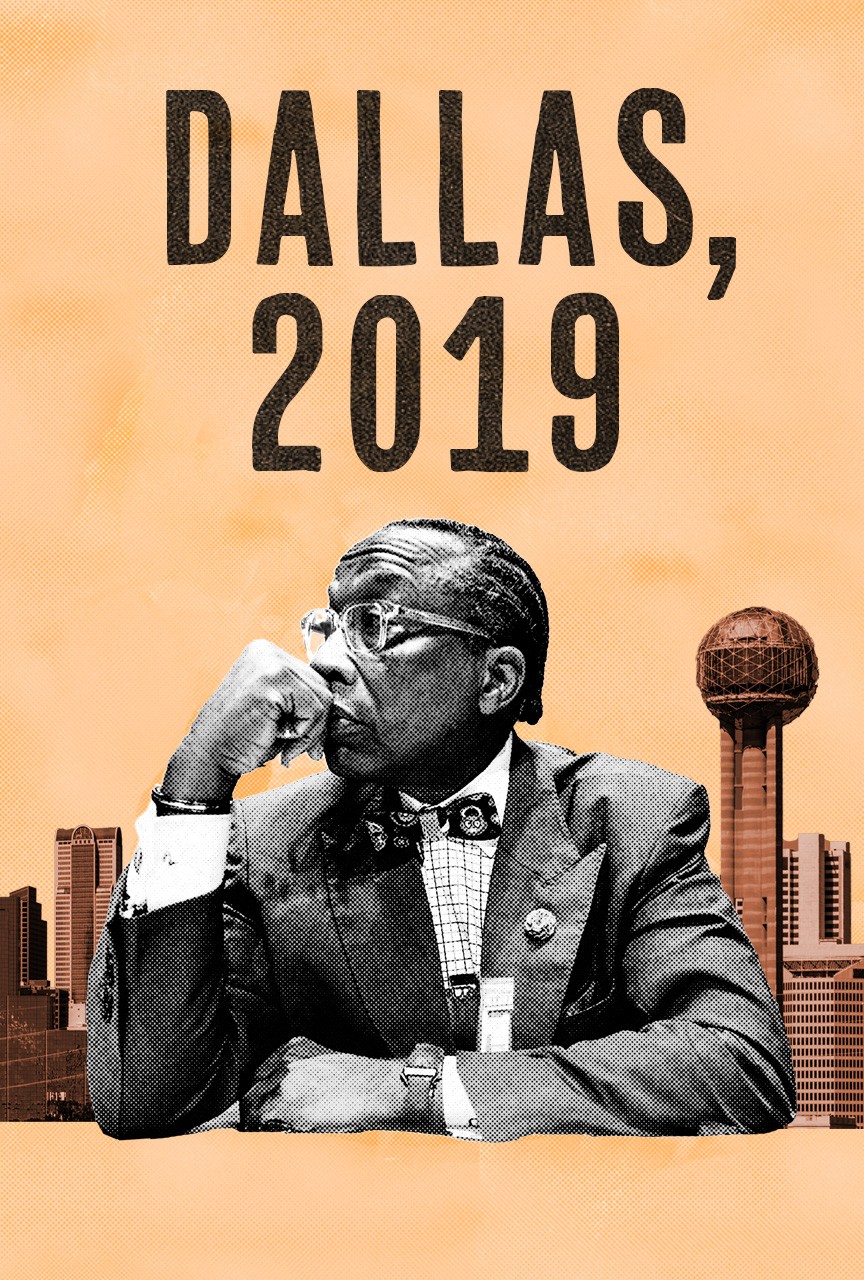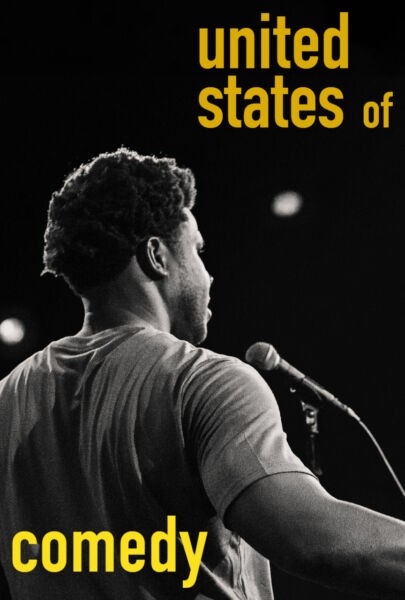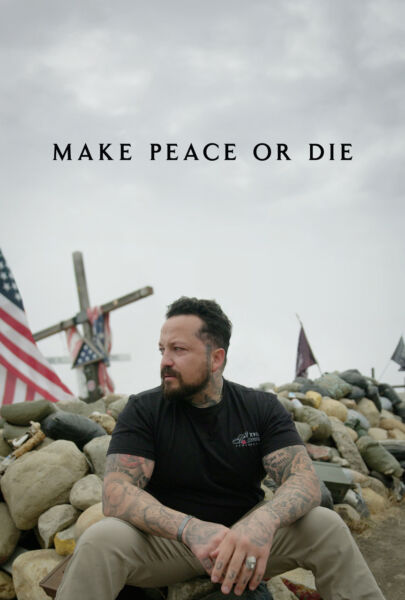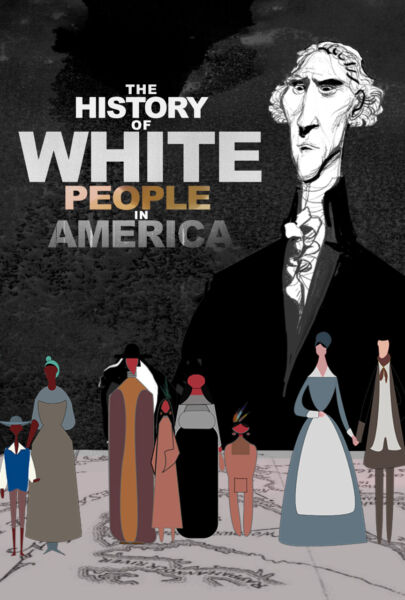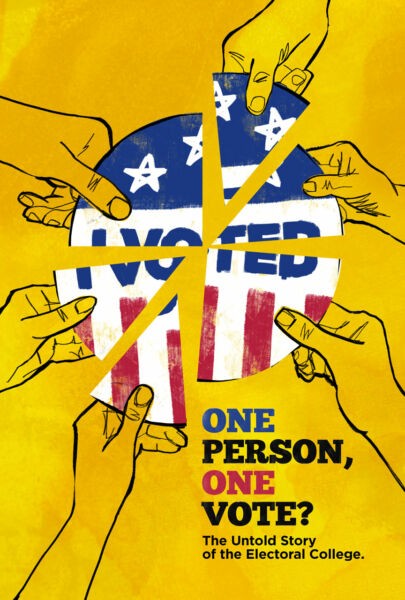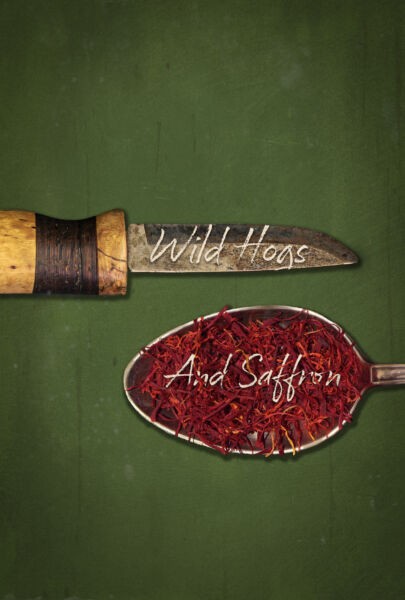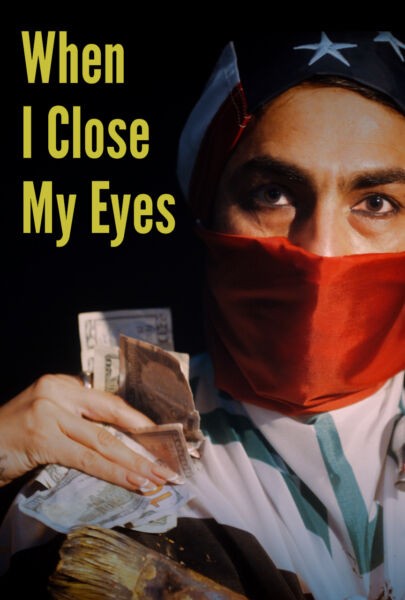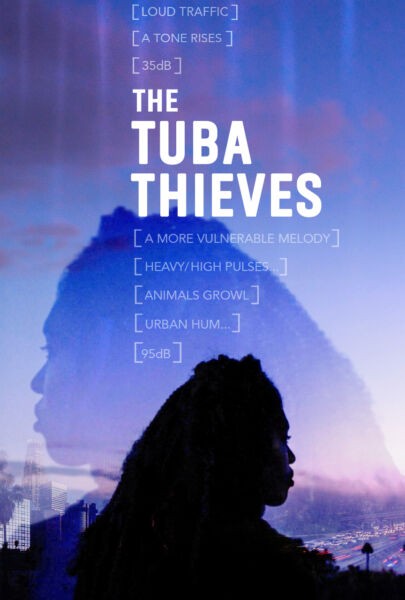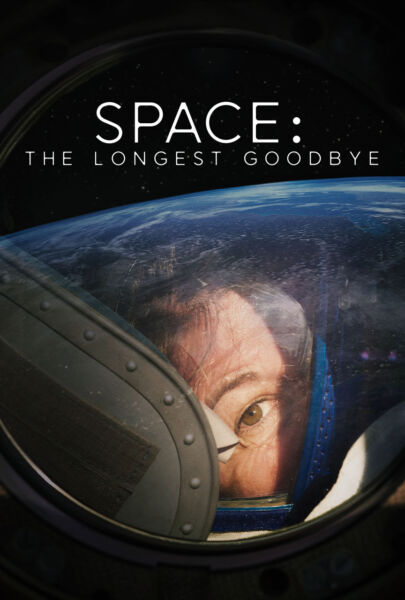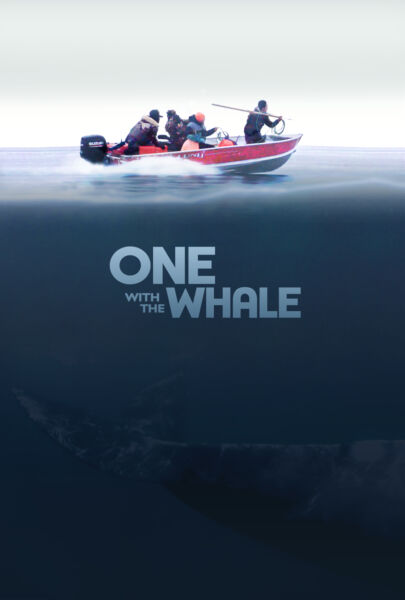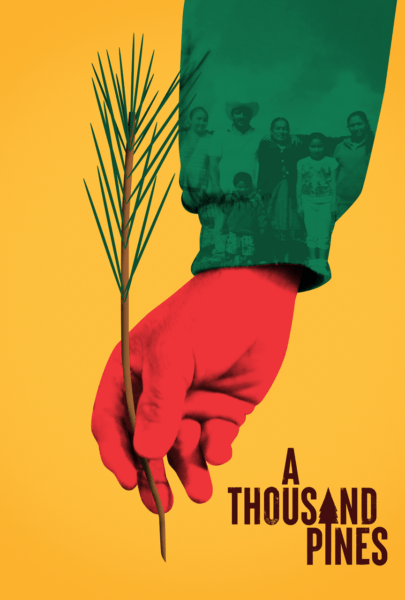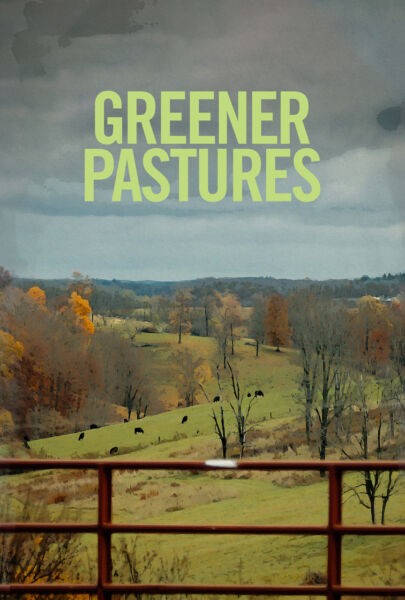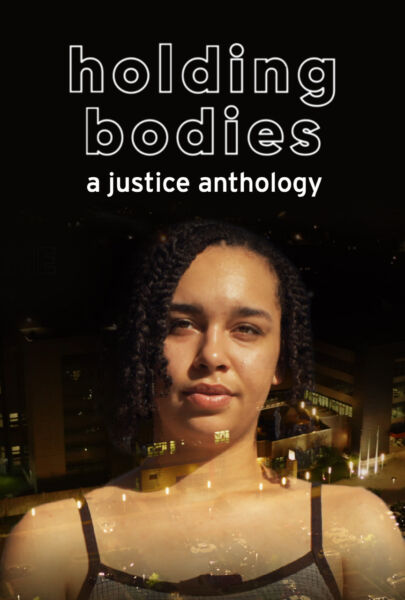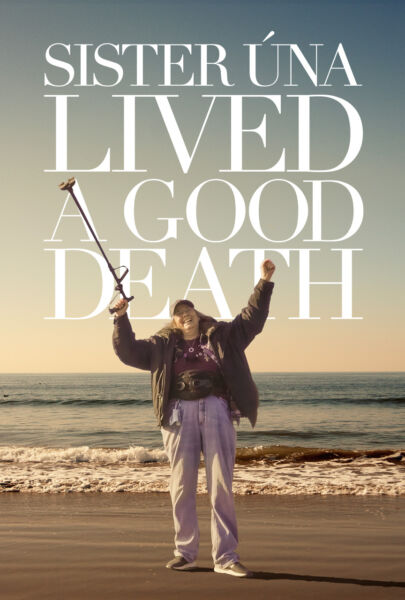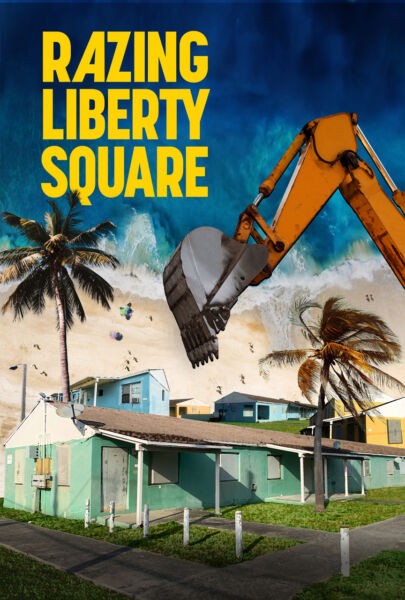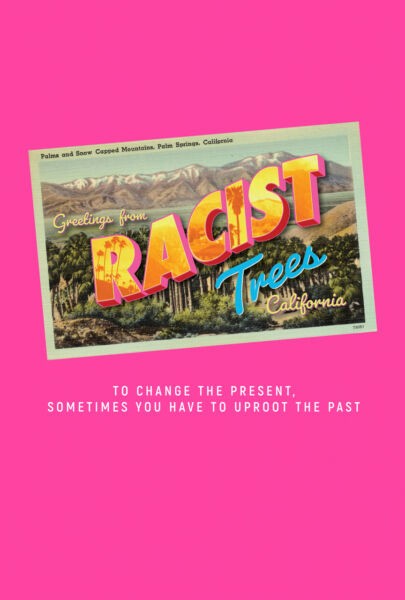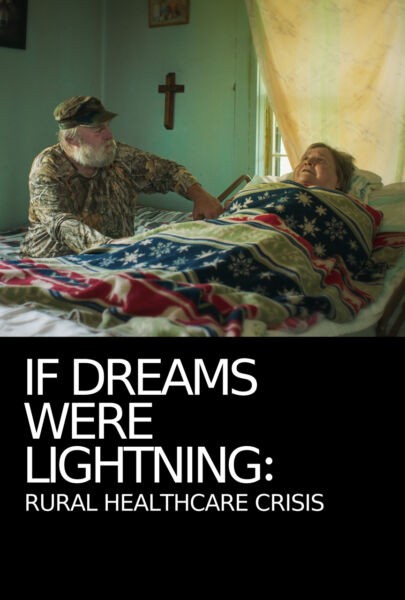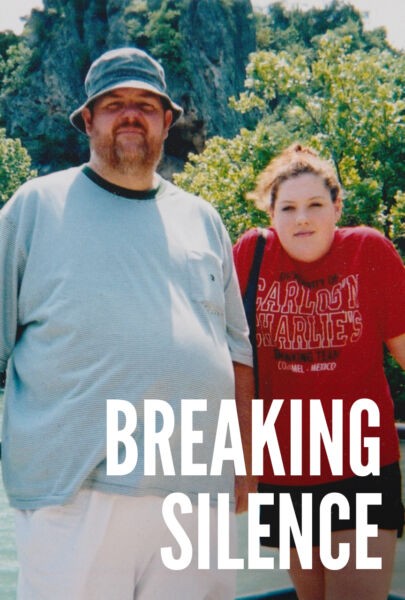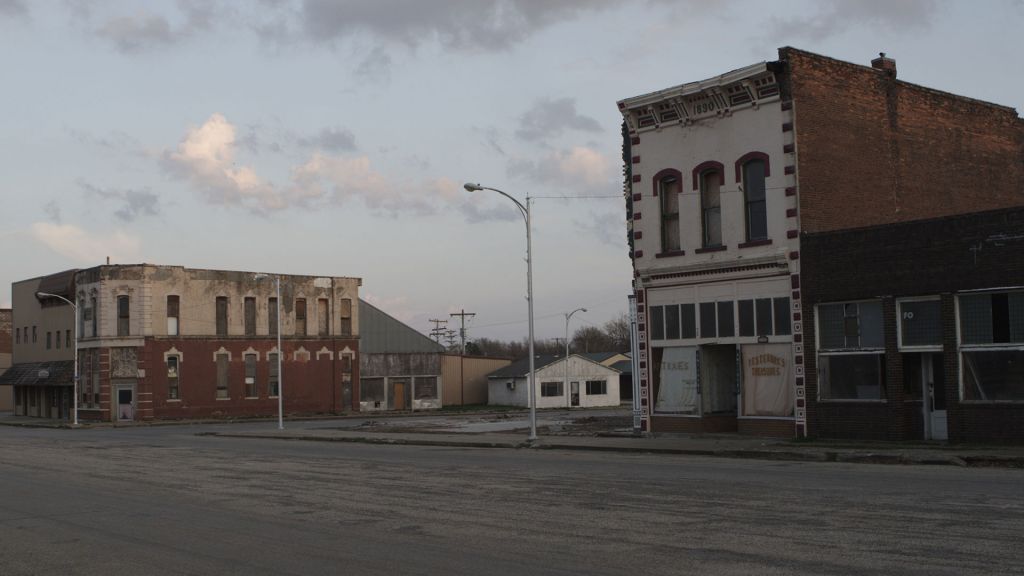
Rich Hill is a new example of a realistic portrayal of a small American town, through the eyes of three young residents and their struggling families, but the fascination with (capital letters intended) Small Town America has been with us since the beginning of cinema. The documentary is an occasion to revisit how both documentaries and fictional features have portrayed this truly iconic locale on screen, in both authentic and not-so-authentic ways.
While every film set in a small American town is a product and reflection of its era, a common thread in these films is the way our towns betray a vulnerability to economic depression.
Although there are obviously far more to mention, here are a few key examples of some of the best portraits of small town life (and a couple of the not-so-great):
Documentaries
45365: Of this film which premiered on PBS via Independent Lens, I’ll let the late, great Roger Ebert tell more: “The first shot tells us ‘45365 is the zip code of the town.’ In this achingly beautiful film, that zip code belongs to Sidney, Ohio, a handsome town of about 20,000 residents. The brothers Bill and Turner Ross were born there perhaps 30 years ago. Of course they knew everybody in town, and when they spent seven months of 2007 filming its daily life, their presence must have eventually become commonplace. Their film evokes what Winesburg, Ohio might have looked like as a documentary.”
Harlan County USA: By Barbara Kopple, one of America’s most important documentarians, this seminal, Oscar-winning 1976 film about a violent coal miners’ strike is still acutely relevant. And pair this with Kopple’s Harlan County follow-up American Dream, set in the Minnesota town of Austin in the mid-’80s during a tense strike by workers at the Hormel food plant. Dream captures more union in-fighting than Harlan County, and also won the Best Documentary Oscar.
(To make for an excellent fictional portion of a triple-feature with the Kopple docs, try John Sayles’ outstanding Matewan, which fictionalizes the story of a 1920 coal miners’ strike in the titular West Virginia town.)
Medora (Independent Lens, 2014) is an acute portrait of not only a tiny Indiana high school’s struggling basketball team but of the struggling town itself, a place that’s in some ways even lost its reason for being, but a diehard loyalty keeps some families there, rooting for their determined native sons. As Joe Leydon wrote in his Variety review: “[directors] Cohn and Rothbart evince equal measures of tactful restraint and empathetic curiosity as they tour Medora, Ind., a crumbling hamlet where the factories have shut down, Main Street is a string of shuttered stores, and the high-school basketball coach — who also works as a local cop — has a hard time convincing himself, much less his team, that the losing streak will ever end.”
Small Town Gay Bar
Actually a look at two Southern towns, each of which with its own unique bar catering to a gay clientele. Here’s an amusing introduction to the film featuring the director, Malcolm Ingram, and filmmaker Kevin Smith (who co-produced the film):
Belfast, Maine
For a slightly less bleak, even surprisingly romantic portrayal of a community (yet told with his typical detached, non-judgemental style), Frederick Wiseman’s 1999 film captures a New England town that is still humming along. Wrote Stephen Holden in The New York Times, “what Belfast, Maine really wants to do is capture a deeper, more timeless sense of the town as a hardy organism more closely tied to nature than many other more affluent American communities. Its flourishing credit card company notwithstanding, what seems to hold Belfast together is more spiritual than economic and has to do with the town’s austere 1940s and ’50s-like culture, economy and way of life.” And even today (as seen in this community-made video), Belfast would like to assure us it’s still happy.
The acclaimed 2014 documentary The Overnighters shows us the bedeviled boom town of Williston, North Dakota that is doing some real soul-searching in the midst of a population explosion thanks to oil fracking. The Austin Chronicle’s Marc Savlov wrote: “As a portrait of one good man attempting to do right by his faith, this is a compelling piece of filmmaking. As a distillation of many of the problems facing communities all over the country, it’s downright laudable.”
Other recommended documentaries about small American towns:
God’s Country (French auteur Louis Malle’s 1985 portrait of Glencoe, Minnesota, made for PBS); Troublesome Creek: A Midwestern; Go Tigers!; Vernon, Florida (early film by one-of-a-kind documentarian Errol Morris).
Fictional Films
And now for something completely different…
Of course, maybe the most famous cinematic depiction of small town America, front and center, is the 1946 classic It’s a Wonderful Life, which has become a holiday staple given its Christmas-y setting but that makes unsuspecting audiences surprised at how dark much of the film actually is. While coming right on the heels of the Great Depression, some find the film’s depiction of the small town values of Bedford Falls vs. the nightmare visions of the more “corporate-owned” (as it were) parallel universe Pottersville as still relevant today — the individual citizen overcoming “the 1%” to achieve the American Dream.
[Interesting if not surprising, too, to see how this trailer makes the film look more like a screwball comedy romp than it is:]
Promised Land: Gus Van Sant’s relatively straightforward environmental drama explores the controversial issue of fracking; it’s interesting in how the fictional small town of McKinley is itself a character in the film, or, as star and co-writer Matt Damon emphasized, “it’s meant to be Anywhereville, USA.” [via Focus Features] The film isn’t entirely successful dramatically but is well-shot, worthy given the increasingly hot topic, and earnest.
One of the most popular films about Small Town America is also arguably one of the goofiest, even if it’s irresistible: Footloose, which is actually (foot-loosely) based on real(!) events (in Elmore City, Oklahoma). In the movie-fictionalized town of Bomont arrives a big city teen who will teach repressed local kids a thing or two about shaking their booty, despite the protestations of a powerful local minister. There’s tractor and truck racing and many other farm community cliches, but the themes of religious influence and cultural repression are interesting and, again, based on reality — if full of a lot more cliches and Kenny Loggins than in real life.
The Back to the Future trilogy’s Hill Valley saw several different incarnations over the series, with Part II’s dystopian parallel future a cynical glimpse at what life will look like in, well, this year as a matter of fact (but from an early ‘90s perspective); but of course it’s the first film’s 1950s + 1980s two Hill Valleys that are the most interesting, with the modern-day version depicted as having mostly gone to seed downtown, but not entirely unrealistically, while the 1955 version is, of course, more innocent and “safe” (if still full of bullies and incompetent teachers). In fact, there are even hints of classism for the ‘50s high school adolescence and dreams of a better place elsewhere (Marty’s mom dreams of his “Calvin Klein” out of towner, while his future dad daydreams of sci-fi other worlds to escape his bullied existence). So while this is Hollywood, there are seeds of real life here.
And then Gary Ross’s Pleasantville subverts the dreamy Hollywood portrayals of 1950s Small Town America even further, much further, by addressing elements of cultural repression and a view of “idyllic” life including lack of awareness about the outside world — all of which come crashing down when modern-day teens introduce a more open-minded attitude about things like art, communication, and, well, sex to their fuddy-duddy counterparts. It’s all either silly or moving (or, to me, both), depending on your perspective, but example of rare attempt by Hollywood to subvert the historical small town formula.
Groundhog Day: Sometimes living in a small town can give one the feeling of living the same day over and over again, or at least that’s how life was for one self-centered TV weatherman stuck in earnest, sweet if boring Punxsutawney, Pennsylvania — until he no longer felt stuck at all.
Waiting for Guffman: Set in a small Missouri town purposely blandly named and hokey “Blaine,” Christopher Guest’s mockumentary is in many ways very “far away” from Rich Hill, but if nothing else shares a number of citizen-characters who dream of living somewhere else.
Hoosiers: Basketball-mad Indiana in the 1950s, based on a real-life small high school’s improbable success that would make modern-day Medora incredibly jealous, and set in fictionalized town Hickory the charming, popular film is mostly critic-proof so we’ll toss in one of the few dissenting voices (Pat Graham of the Chicago Reader), because it raises interesting objections: “Director David Anspaugh seems only marginally concerned with basketball thematics: what matters most is feeding white-bread fantasies (the film is set in the slow-footed 50s, when blacks are only a rumor and nobody’s ever heard of slam ‘n’ jam) and laying on the inspirational corn…. Bobby Knight would not be amused, though Tark the Shark might’ve had a good laugh at the naive masquerade.”
David Lynch put his own twisted take on the American Small Town of myth in the fictional Northwest logging communities of Lumberton (for Blue Velvet), and Twin Peaks, places that take on an especially dark aura full of drug abuse, murder, kidnapping, sexual violence, where youthful innocence and sadomasochism intermingle quite uncomfortably.
One of the seminal films of the 1970s, Peter Bogdanovich’s gorgeous coming of age film The Last Picture Show is not only an elegy to youth, but to the dying American small town, in this case a fading, dusty north Texas community (it was filmed in Archer City, Texas). While the film is set in the early ’50s, it has become more and more poignant and true as the years have gone by. It’s also appealing for featuring a cast of young future stars like Jeff Bridges, Cybill Shepherd, and the underappreciated Tim Bottoms.
Nebraska: Alexander Payne’s lovely, black-and-white dramedy stars Will Forte as a beleaguered son who takes his dottering father back to the old man’s home town en route to picking up a sweepstakes prize that is nothing but a scam. The bulk of the film takes place in the fictional town of Hawthorne, Nebraska, when father and son reunite with their taciturn and somewhat greedy family; Hawthorne is in reality Plainview, and the Nebraska native Payne took great pains to portray this somewhat frozen-in-time, left-behind-by-the-interstate farm community as it really is.
Indie films
Other small films about small town life, each each vivid in their own way, include:
-
- Napoleon Dynamite, set in tiny Preston, Idaho, a town apparently (gosh! in the film) populated with slightly cartoonish citizens, none odder than the titular character, but the film also captures a fine rural feel;
- Bernie, set in small East Texas town of Carthage, and based on a true story of a beloved mortician who is accused of murdering an elderly millionaire widow;
- Ballast: Lance Hammer’s acclaimed, evocative debut feature was filmed in several small Mississippi Delta towns, was called “the most significant feature about poor black life since Charles Burnett’s 1977 Killer of Sheep,” by Boston Globe critic Wesley Morris. Adds Film Threat’s Jeremy Fox, the film is “true not just to this place or to these people’s lives, or to the lives of poor people or black people, but to the experience of being human.” [see trailer below]
- 1979’s Over the Edge is based on a real place, Foster City, California, in the 70s, a planned community that at least at first went quite awry when local teens nearly literally die from boredom
- Waitress: In a much lighter vein, endearing film set in small, unnamed Southern town both real and movie-unreal, centered around a diner featuring that most iconic of American desserts: pie. (But the main character adds a personal touch to her recipes, like the ‘I Hate My Husband’ pie.)
These are but a sampling of some of the more interesting takes on small-town life. More often than not, especially in recent years, small towns have been portrayed as either of a bygone era or bleak and left behind — and not without reason. Regardless, the setting has been an integral part of Americana since the silent movie era, and depictions of it continue to evolve just as our small towns do.
Feel free to post your own favorite films about Small Town America, documentary or fictional, in the comments below.

